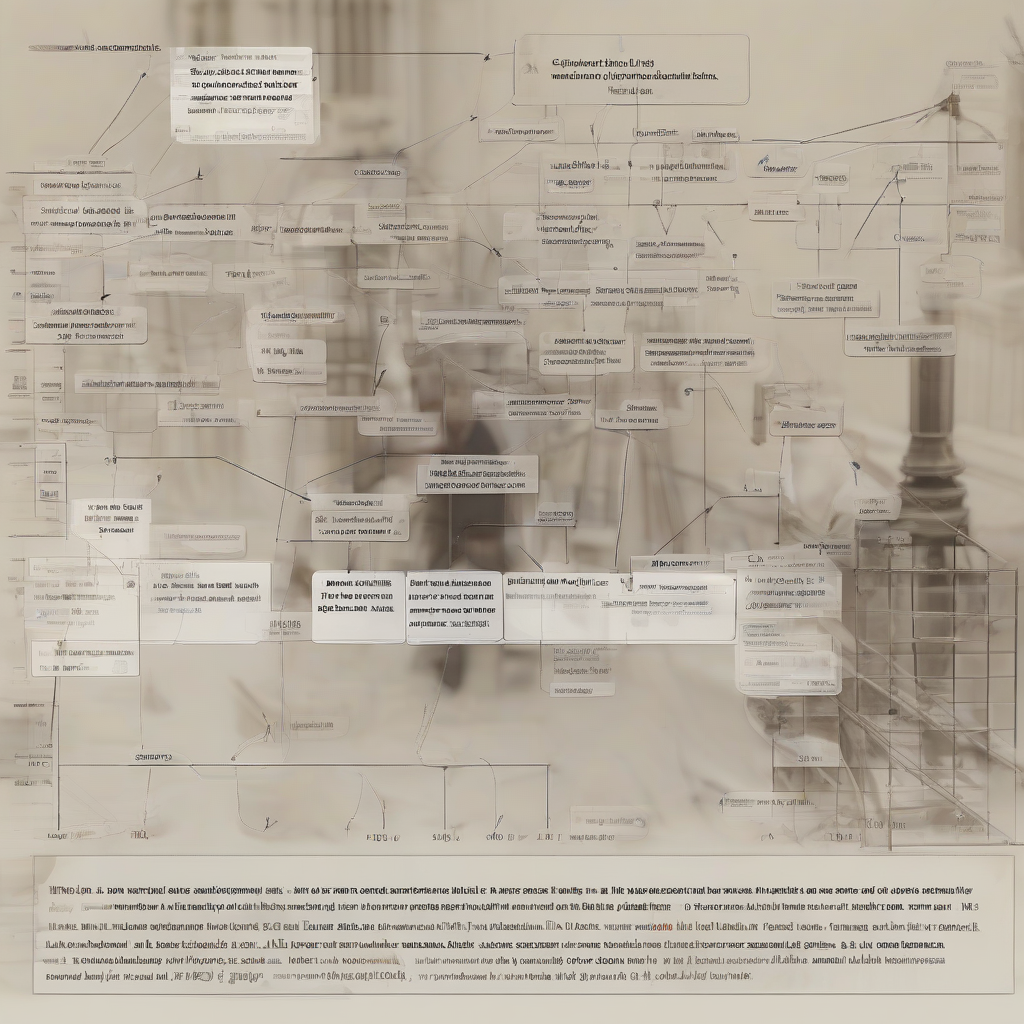Chart of Accounts for the Construction Industry: A Comprehensive Guide
Developing a robust and well-organized chart of accounts (COA) is crucial for any construction company, regardless of size. A properly structured COA facilitates accurate financial reporting, streamlines accounting processes, simplifies tax preparation, and provides valuable insights for informed business decisions. This guide explores the key elements of a construction industry COA, offering a detailed breakdown of essential accounts and considerations for effective implementation.
I. Understanding the Unique Needs of Construction Accounting
The construction industry presents unique accounting challenges compared to other sectors. The long project timelines, complex billing structures (e.g., progress billing, retainage), and significant inventory management (materials, equipment) require a COA designed to capture these specific nuances. Furthermore, the industry’s susceptibility to cost overruns and delays necessitates rigorous tracking of project costs and profitability.
- Project-Based Accounting: Construction accounting is inherently project-based. Each project needs its own set of accounts to track costs, revenue, and profitability separately.
- Cost Segregation: Accurate cost segregation is vital. The COA needs to differentiate between direct costs (labor, materials, subcontractors), indirect costs (overhead, general and administrative expenses), and period costs.
- Percentage of Completion Method: Understanding and implementing the percentage of completion method for revenue recognition is crucial for accurate financial reporting.
- Job Costing: The COA must support job costing, which involves tracking costs associated with individual projects to determine profitability.
- Inventory Management: The COA should accommodate the complexities of managing construction materials and equipment inventory.
II. Key Account Categories in a Construction Chart of Accounts
A comprehensive COA for the construction industry typically includes the following major categories:
A. Assets
- Current Assets:
- Cash and Cash Equivalents
- Accounts Receivable (Progress Billings, Client Invoices)
- Materials and Supplies Inventory
- Prepaid Expenses
- Non-Current Assets:
- Property, Plant, and Equipment (PPE) – including land, buildings, construction equipment
- Vehicles
- Intangible Assets (Patents, Software)
- Investments
B. Liabilities
- Current Liabilities:
- Accounts Payable (Suppliers, Subcontractors)
- Salaries Payable
- Payroll Taxes Payable
- Short-Term Loans
- Non-Current Liabilities:
- Long-Term Loans
- Bonds Payable
- Deferred Revenue
C. Equity
- Owner’s Equity (Sole Proprietorship, Partnership)
- Stockholders’ Equity (Corporation)
- Retained Earnings
D. Revenue
- Construction Revenue (categorized by project)
- Other Revenue (e.g., equipment rentals, consulting fees)
E. Expenses
- Direct Costs (Project-Specific):
- Direct Labor (Wages, Benefits)
- Materials and Supplies
- Subcontractor Costs
- Equipment Rentals (Project-Specific)
- Indirect Costs (Overhead):
- General and Administrative Expenses (Rent, Utilities, Salaries of Administrative Staff)
- Insurance
- Marketing and Sales
- Legal and Professional Fees
- Depreciation and Amortization
- Period Costs (Non-Project Specific):
- Interest Expense
- Research and Development
III. Setting Up a Project-Based Chart of Accounts
Each project requires its own set of accounts within the broader COA. This ensures accurate tracking of costs and revenue related to each individual undertaking. A common approach is to use a numbering system that identifies the project. For instance, Project 123 might have accounts like:
- 123-Direct Labor
- 123-Materials
- 123-Subcontractor Costs
- 123-Equipment Rental
- 123-Project Revenue
This allows for easy segregation of costs and revenue related to specific projects, facilitating profitability analysis and performance monitoring.
IV. Considerations for Effective Implementation
- Chart of Accounts Software: Utilize accounting software designed to handle the complexities of construction accounting. This software should allow for job costing, project tracking, and accurate financial reporting.
- Regular Review and Updates: The COA is not static. It should be reviewed and updated periodically to ensure it continues to meet the evolving needs of the business. New projects, changes in accounting standards, and growth of the company may necessitate adjustments to the COA.
- Consistency: Maintain consistency in applying the COA across all projects and departments. This ensures data accuracy and facilitates meaningful comparisons.
- Training: Proper training for all personnel involved in financial reporting and data entry is essential to ensure accurate and consistent use of the COA.
- Compliance: Ensure the COA complies with relevant accounting standards (e.g., Generally Accepted Accounting Principles (GAAP), International Financial Reporting Standards (IFRS)) and tax regulations.
- Segmentation: Consider segmenting the COA to reflect different aspects of the business, like geographical regions or specialized service offerings. This will offer a more granular view into financial performance.
- Reconciliation: Regular bank reconciliations and account reconciliations are essential to ensure accuracy and identify any discrepancies.
V. Utilizing the Chart of Accounts for Business Decisions
A well-designed COA is more than just a tool for financial reporting; it’s a valuable resource for informed business decision-making. The data captured in the COA can be used to:
- Analyze Project Profitability: Identify profitable and unprofitable projects to inform future bidding strategies and resource allocation.
- Track Cost Overruns: Detect potential cost overruns early on to mitigate their impact.
- Monitor Cash Flow: Track cash inflows and outflows to manage working capital effectively.
- Evaluate Performance: Compare performance against budget and previous periods to identify areas for improvement.
- Support Budgeting and Forecasting: Use historical data from the COA to develop accurate budgets and forecasts.
- Assess the Overall Financial Health of the Company: The COA provides a comprehensive overview of the financial position of the construction business.
By carefully designing and consistently using a comprehensive chart of accounts, construction companies can significantly improve their financial management, make better informed decisions, and ultimately enhance their profitability and long-term success.
